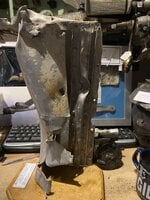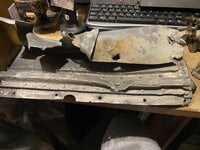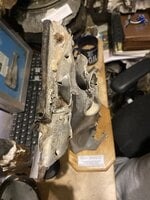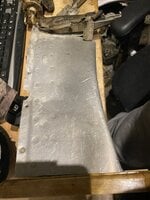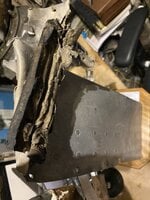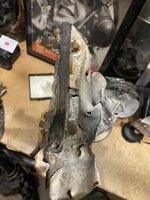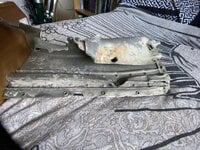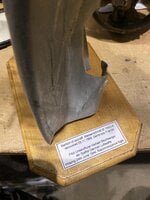hawker.1966
Recruit
- 6
- Dec 17, 2024
Hi
Would anyone be able to help with this BF109G -5 relic the aircraft itself sadly crashed Siene Bay France on the 24th of June 1944 the pilot was Herbert Blochberger.
I was thinking along the lines of a wing slat as it is very similar with the front curved edge but something is not quite right from what I can make out.
Any help would be very much appreciated.
Would anyone be able to help with this BF109G -5 relic the aircraft itself sadly crashed Siene Bay France on the 24th of June 1944 the pilot was Herbert Blochberger.
I was thinking along the lines of a wing slat as it is very similar with the front curved edge but something is not quite right from what I can make out.
Any help would be very much appreciated.

